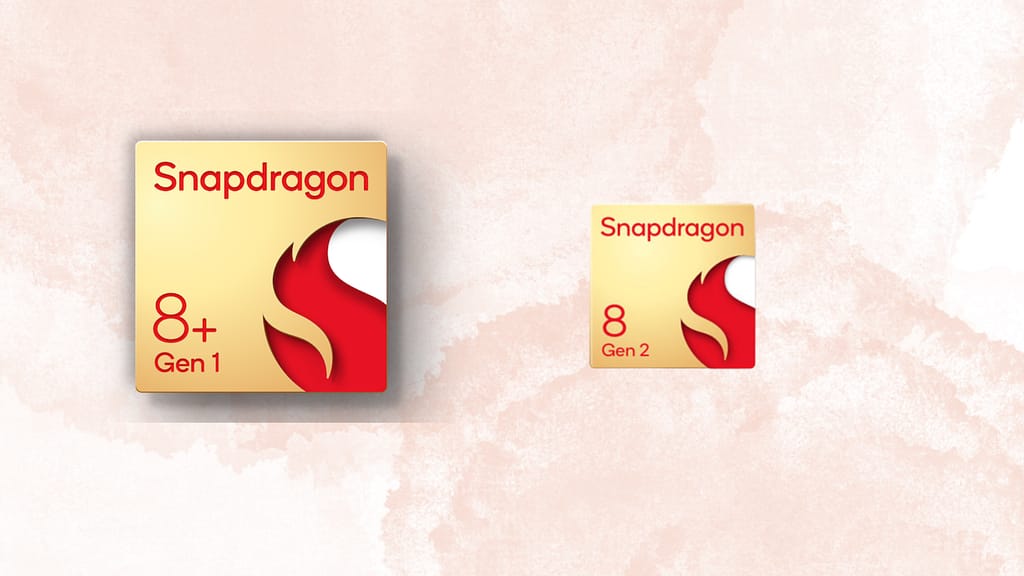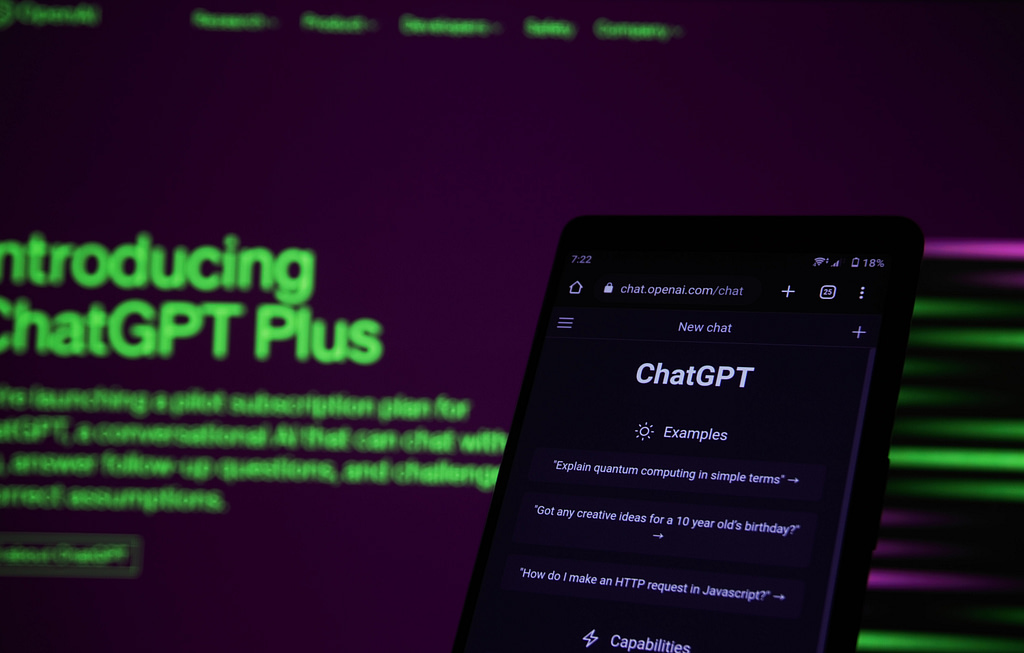In the ever-evolving world of smartphones, the heart and soul of these devices often lie in their processors. Qualcomm, a renowned name in the world of mobile processors, has recently unveiled its latest flagship System on a Chip (SoC), the Snapdragon 8 Gen 2. This new chip promises impressive performance improvements and advancements over its predecessor, the Snapdragon 8 Gen 1. In this article, we’ll dive deep into the Snapdragon 8 Gen 2 and compare it with the Snapdragon 8 Gen 1, along with an unexpected guest, the Snapdragon 8 Gen 1+.
Snapdragon 8 Gen 2 Setting the Stage
The Snapdragon 8 Gen 2 made its debut in the Iqoo 11 smartphone, sparking curiosity about its capabilities. This chipset is now put to the test against its predecessor, the Snapdragon 8 Gen 1, and the Snapdragon 8 Gen 1+ found in the Motorola H30 Ultra.
The performance of these chips in various aspects, such as benchmark scores, temperature management, and battery life, is meticulously examined to provide insights into their real-world performance.
snapdragon 8 gen 1 vs gen 2

To gauge the raw processing power of these chipsets, benchmark tests were conducted. Geekbench 5, a popular benchmarking tool, was employed to assess single-core and multi-core performance.
In the single-core performance test, the Snapdragon 8 Gen 2 on the Iqoo 11 outshines its competitors. The Iqoo 11 scored significantly higher than the Snapdragon 8 Gen 1+ and the Snapdragon 8 Gen 1, demonstrating its processing prowess.
Moving on to the multi-core performance test, the Snapdragon 8 Gen 2 continued to impress with its substantially higher score compared to its predecessors. This test revealed that the new chip offered a significant performance boost, even when compared to the Snapdragon 8 Gen 1, which was considered one of Qualcomm’s best processors the previous year.
Antutu Scores and Temperature Management
Antutu, another popular benchmarking tool, was also employed to evaluate the chipsets’ performance comprehensively. The Snapdragon 8 Gen 2 on the Iqoo 11 achieved the highest Antutu score among the three processors, outperforming the Snapdragon 8 Gen 1+ and the Snapdragon 8 Gen 1 by a significant margin.
However, it’s not just about raw power. Temperature management plays a crucial role in the overall user experience. The Snapdragon 8 Gen 2 exhibited promising signs in this department. When subjected to benchmark tests, the Iqoo 11 saw a temperature increase of 6.7 degrees Celsius, whereas the Motorola H30 Ultra, with the Snapdragon 8 Gen 1+, registered only a 5-degree Celsius increase. Surprisingly, the Snapdragon 8 Gen 1 in the Samsung Galaxy S22 Ultra experienced a relatively higher temperature increase of 8.2 degrees Celsius.
The better temperature management observed with the Snapdragon 8 Gen 2 suggests a cooler and more efficient performance, ultimately leading to an improved user experience.
Battery Efficiency
Beyond performance and temperature management, one of the most critical aspects of a smartphone chipset is its impact on battery life. The Snapdragon 8 Gen 2 appears to be a game-changer in this regard. With regular usage, the Iqoo 11 exhibited remarkable battery life. Users reported screen-on times (SOT) of up to eight to nine hours, a significant improvement from the previous generation.
Comparatively, the Samsung Galaxy S22 Ultra, powered by the Snapdragon 8 Gen 1, offered an SOT of around five to five and a half hours. The Motorola H30 Ultra, featuring the Snapdragon 8 Gen 1+, also provided extended battery life, thanks to its efficient temperature management. These findings suggest that the Snapdragon 8 Gen 2, with its focus on battery efficiency, could pave the way for longer-lasting flagship smartphones.
Looking Ahead
As we enter the era of Snapdragon 8 Gen 2-powered smartphones, there’s a sense of optimism in the Android world. This new chipset, with its enhanced performance, efficient temperature management, and improved battery life, offers a promising outlook for flagship devices.
The Snapdragon 8 Gen 2 comes as a refreshing change after a few years of chips that grappled with heating issues. Qualcomm seems to have addressed these concerns and is poised to deliver a new generation of Android flagships that can match their Apple counterparts in terms of performance and efficiency.
Excitement brews as we anticipate the release of more smartphones equipped with the Snapdragon 8 Gen 2. We eagerly await devices from prominent manufacturers like Samsung, hoping that the upcoming S23 series will feature this powerful chipset. We also look to Motorola to see how they leverage the Snapdragon 8 Gen 2’s capabilities.
In summary, the Snapdragon 8 Gen 2 emerges as a new benchmark in smartphone performance, offering a blend of raw power, temperature management, and battery efficiency. This chipset’s arrival signals a potential turning point for Android flagship smartphones, making it a remarkable year for Android enthusiasts.
The Snapdragon 8 Gen 2 has set the stage for what could be a new era of Android flagships, and we can’t wait to see how the competition unfolds.




